Our topic of the day is a question: What is a funnel? If you want to hear the shorter version, let’s just say that it’s undoubtedly one of the most important marketing concepts. But if you’re rather looking for a more elaborate answer, our article might be the go-to guide.
Definition of Funnel
So what is a funnel? How would we define it within a marketing context?
First of all, let’s note that it’s a metaphorical concept. Indeed, in a broader sense, the term funnel refers to a conic tool with a large opening at the top and a narrower part at the bottom. It’s used, for example, in household kitchens to decant liquids from one container to another.
As a matter of fact, the marketing milieu adopted this analogy to explain one of its mechanisms. Which one? The buyer’s journey and the role of entrepreneurs and marketers within this journey. The typical funnel model usually comprises 6 phases, which are:
Awareness
This phase represents the larger opening of the tube we mentioned earlier on. In effect, at this stage, things are still a bit ‘uncertain’, so to speak. What characterizes this Top of Funnel (TOFU) initial process is the promotional efforts one carries out to attract a given audience. So what you want here is to create public… awareness about your products, services, or whatever else you intend to sell. Ads of any kind are the typical ‘toolboxes’ of this stage, also known as the lead generation stage.
Interest
At this point, potential/future customers already know about you and your brand. But they still need to refine that knowledge by, for example, comparing you with your competitors. So here, you need to provide further proof, thanks to your existing advocates. This is the right time to organize webinars, giveaways, and any other ‘approaching strategies’ that will demonstrate what you are concretely doing as a business. Don’t forget in-depth blog posts and similar material where you can expose further details about your goods, professional philosophy, and previous/existing results. Testimonials usually come in handy at this phase.
Consideration
Now we have moved to the Middle of Funnel (MOFU). Indeed, things are getting much more precise at this point. Your leads are way more informed; some have even turned into prospects. If you want to keep nurturing them, it’s now or never. Email campaigns, personalized offers, discounts, free trials, and case studies tend to work well throughout this stage.
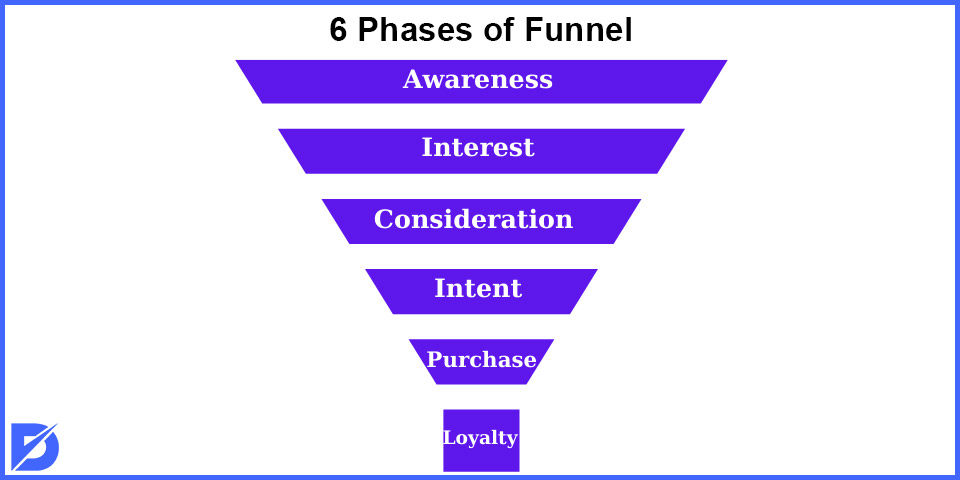
Intent
No time to joke any more. The funnel is getting tighter, which means that prospects are now ready to buy. What is the most typical example? A product placed in the shopping cart of the account they have on your e-commerce website. That being said, they might still need to be convinced that they are making the right choice when buying from you. So, for example, you may add explanations about how much they save thanks to that purchase. It’s also smart to reassure them about customer satisfaction guarantees and after-sales support.
Purchase
That’s it: Now you finally know whether the prospect is buying. For real. In other terms, this is the sales phase and, thus, the Bottom of the Funnel (BOFU). Time to use (among other things) those popup windows to accompany the customer throughout this decisional (and decisive) process. In case of a purchase, they need to be acknowledged regarding the advantages their action will bring.
Loyalty
That’s your longer-term goal, pretty logically. It’s a phase that represents fruitful engagement that goes beyond one-time purchases or transactions. No, here, we would rather see satisfied customers who stick with a certain brand because they developed visible trust toward it. Furthermore, those satisfied customers are more likely to become the advocates of your business and thus bring new customers to you.
Sidenote about Terminology and Models
Funnel tools and models may be presented differently from one source to the other. We have presented one model among others, but there are other possible variations. For example, some models include less or more than the 6 stages exposed above. Some prefer terms like desire, action, conversion, and so on while describing those stages. Indeed, there’s even a specific model called AIDA, which stands for awareness, interest, desire, and action.
Moreover, there are also additional funnels, such as the sales funnel, which focuses on the lead nurturing mechanism rather than the product advertisement itself.
We suggest you don’t worry much about those details. Indeed, it’s hard to find total consensus regarding theorizing and labeling, no matter the discipline or field of investigation. Not to mention the redundancy some added subphases can create at times. What matters now is that you understand the general functioning of a funnel.
Advantages of Funnel
Before trying to create one, we definitely need to know why and how a funnel would be worthwhile. The best-known advantages can be listed as follows:
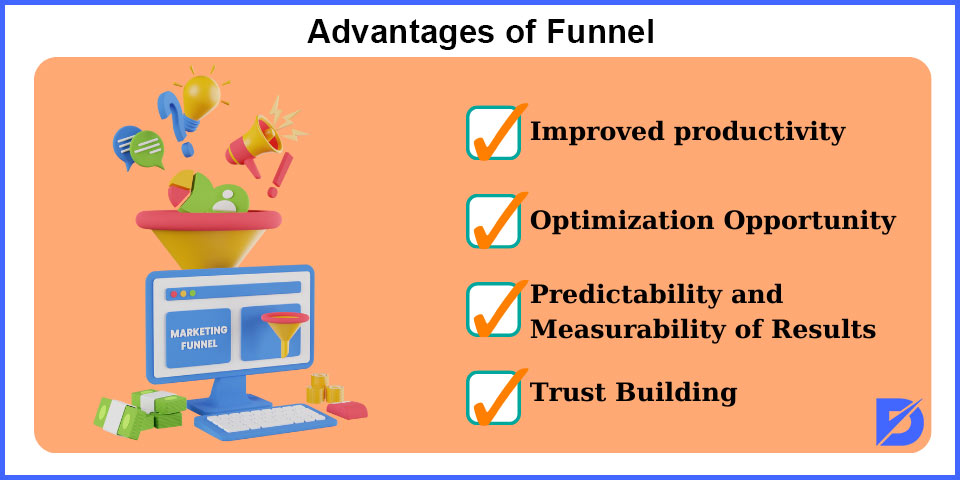
Improved productivity
Since entrepreneurs and marketers take the time to pause at each stage to evaluate the results, they get the chance to be more productive. Why? Because if there’s anything going somewhat wrong during one particular phase, they can intervene straight away and modify their ongoing strategy.
Optimization Opportunity
This goes hand in hand with the previous one. Just think about it: What is a funnel? It’s a thoroughly organized model where you can clearly see and organize your data, right? To be more exact, we have a standardized tool that significantly reduces randomness. This is an advantage not only for the marketing and sales processes per se but also for the business teams working on them.
Predictability and Measurability of Results
As you saw, each stage depends on the previous one. There’s, in fact, a logical progression. You don’t run the risk of being misled because you know that each stage should be completed before you can switch to the next one. To give the simplest example: It doesn’t make sense to wait for loyalty as long as you haven’t sold yet. Over time, you can also start predicting the number of people you need to get involved in the process before moving on to the next stages.
Trust Building
The funnel model doesn’t let you the chance to act loose. It literally ‘forces’ you to stay fully present and in touch with your leads at each step. As their level of involvement changes, you also change how you nurture them and keep their attention alive. And needless to say, businesses displaying constant interest in their audience are way more likely to earn public trust.
How to Create a Funnel
After exploring the importance of a funnel, time to learn how to create a marketing funnel.
Determine Your Audience
Take the time to study the characteristics of the people you think might be interested in your products and services. See how your brand image fits their style and expectations. It’s a lucky time to be alive since social media can greatly help this research phase. That’s right; it’s time to rely on your skills as a business ‘sociologist’ but also a ‘psychologist’.
Determine Your Funnel Model
Remember what we said about the variability of models? Indeed, depending on your goals, you will want to focus on the marketing aspect, the customer’s journey, or maybe both simultaneously. What matters here is to always preferably work from top to bottom (even though the other way around is possible but better for more advanced marketers). Select the number of stages you wish to include according to your personal strategy.
Regardless of what you choose in the end, the overall schema should look like this:
Awareness (1), followed by Consideration (2), followed by Action (3).
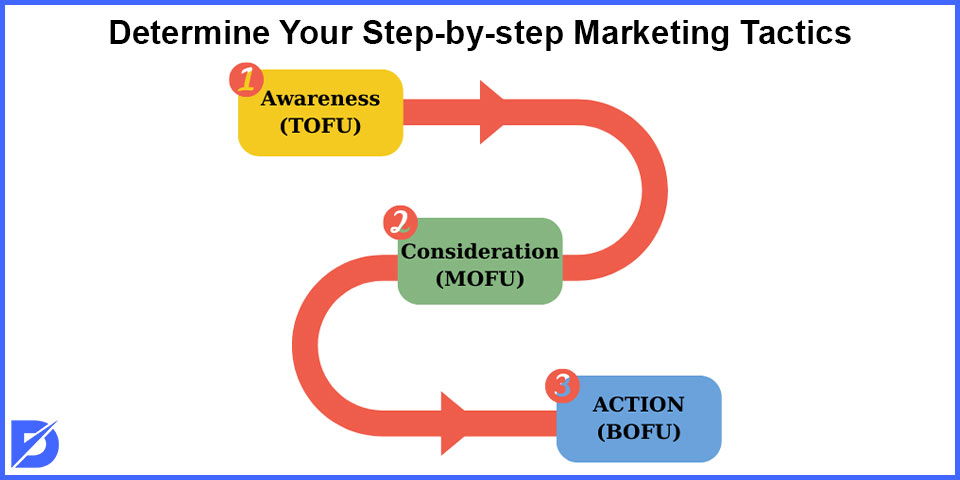
Determine Your Step-by-Step Marketing Tactics
You also remember that each stage requires its own promotional recipes, right?
- So when you’re at the TOFU phase (1), you will rather want to invest in social media posts and maybe, for example, influencer marketing (if you can).
- Once you reach the MOFU phase (2), it’s time to consider giveaways and detailed product reviews and testimonials. Don’t forget blogs and ebooks to provide more in-depth information.
- And once you’re at BOFU phase (3), remarketing strategies are definitely the way to go for. Remind your existence to the people who have already interacted with your brand via, for example, surveys. You may even play the ‘limited stock’ card and encourage people to seize an opportunity (aka a product) before it’s too late.
Funnels in a Nutshell
So at the end of the day, what is a funnel? As we saw, it’s a highly standardized tracker of the buyer’s journey as well as your efforts to take part in it as an entrepreneur and/or business owner. That being said, it’s also flexible enough to fit your specific strategies and profile. B2B, B2C, customer behavior analysis… you name it. Funnels are adaptable to whatever you are trying to accomplish in a given marketing context.
Frequently Asked Questions About
Exposure, without any doubt. This is the stage during which you are trying to create awareness about your brand. Therefore, you must be sure to be visible enough in the eyes of the public. Social media posts, paid advertising campaigns, and blog posts introducing your activity are among your best bets here.
This term simply refers to the process of creating a funnel. Depending on your goals and business profile, you usually have to pick the model that suits you best.
Social media allows you to engage with a large audience in various imaginative ways. It allows you to target the leads of your choice more effectively than traditional advertising methods.

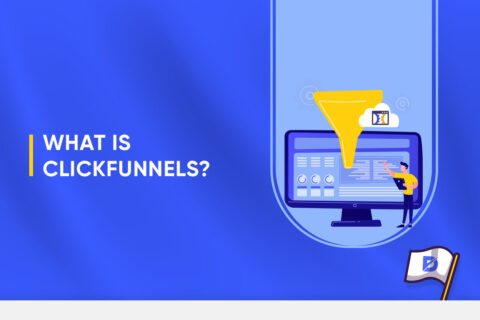
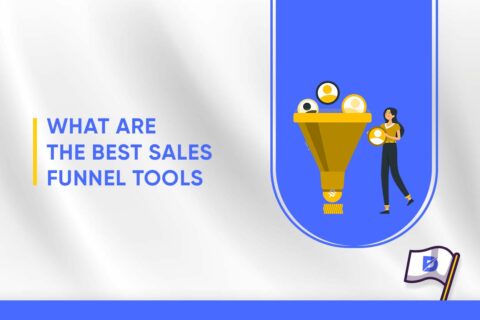

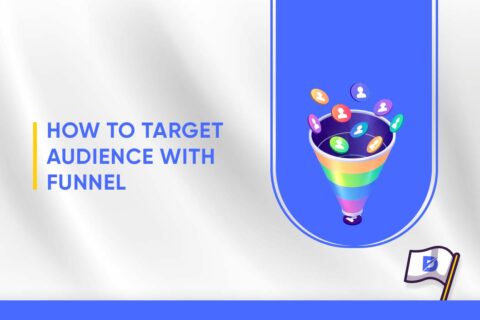
No comments to show.